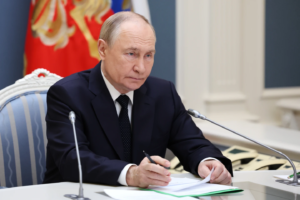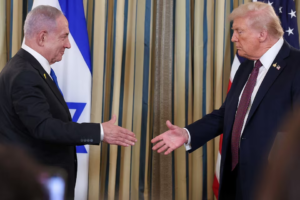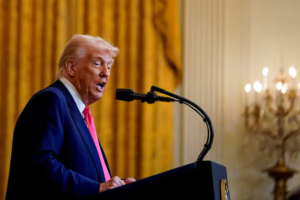Russian President Vladimir Putin oversaw huge nuclear training exercises on Wednesday, greenlighting simulated intercontinental ballistic missiles and long-range cruise missile launches in a display of military force hours after his much-anticipated peace summit with U.S. President Donald Trump was abruptly scrapped.
The Kremlin indicated the exercises were part of Russia’s normal training of its strategic nuclear forces but with enhanced geopolitical weight against the backdrop of uncertainty over the prospects of Ukrainian peace talks. The exercises, which engaged the entire three components of Russia’s nuclear triad — land, sea, and air — aimed to check the country’s ability to plan and direct the deployment of nuclear weapons under simulated combat conditions.
Full-Scale Nuclear Readiness Test
The Kremlin announced a Yars intercontinental ballistic missile (ICBM) was launched from the Plesetsk Cosmodrome in northwestern Russia, and that a Sineva ICBM had been launched from a submarine in the Barents Sea. Russian long-range nuclear-capable aircraft Tu-95 strategic bombers also launched cruise missiles at targets.
During a live command session, Gen. Valery Gerasimov, head of the General Staff, spoke remotely to Putin and Defense Minister Andrei Belousov by video link, stating the exercise was designed to “practice procedures for authorizing the use of nuclear weapons.” Putin sat alone at a white round table in the Kremlin situation room observing as the nation’s top military leadership conducted the simulation.
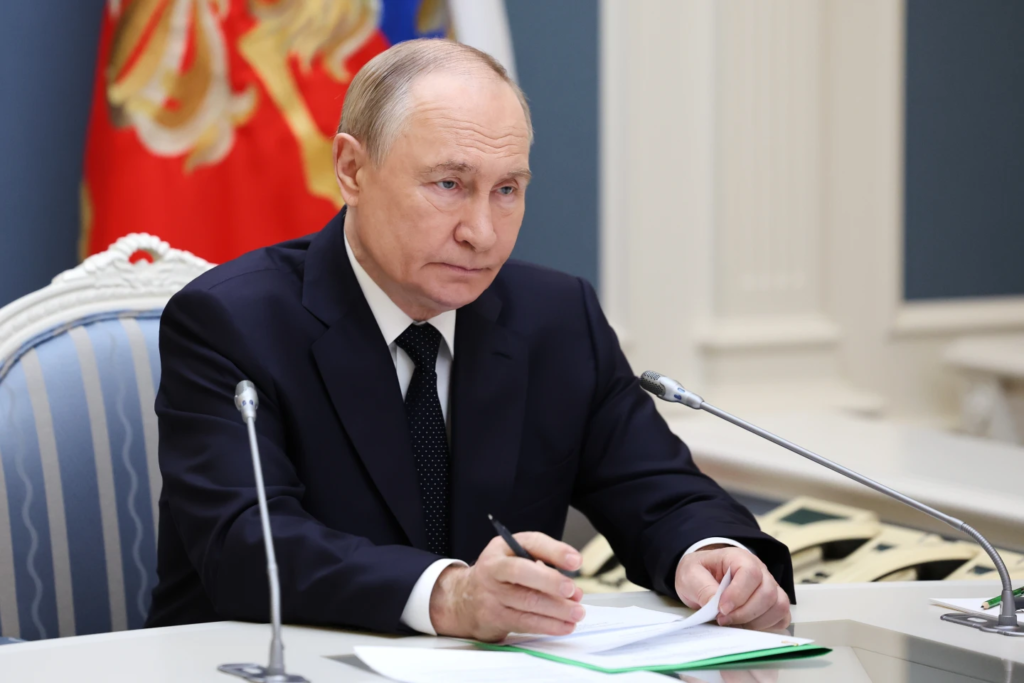
Drills were a test of the preparedness and cohesiveness of Russia’s strategic command,” the Kremlin said in a statement, stating that the exercise was pre-scheduled.
Timing Questions Diplomatic Tensions
Although Russian officials indicate the maneuvers were routine, their timing has been questioned since they took place when a summit between Putin and Trump had been put on hold.
On Tuesday, Trump announced that his proposed Budapest peace summit — initially intended to discuss possibilities for ending the war in Ukraine — would be delayed. Trump told the press that he did not want the meeting to be a “waste of time,” which indicated that breakthroughs on core issues were not imminent at this juncture.
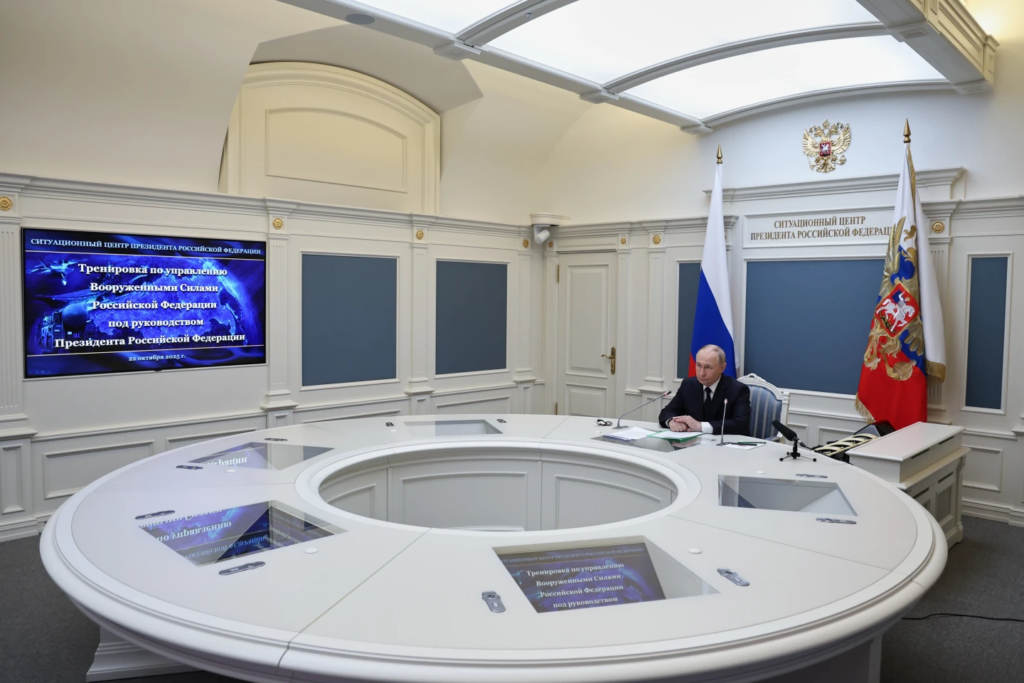
The action followed a high-level exchange of opinions between U.S. Secretary of State Marco Rubio and Russian Foreign Minister Sergey Lavrov, during which Moscow renewed its grievances against the possibility of an immediate Ukraine ceasefire. In the words of Lavrov, halting military operations too soon may cement splits without ending the underpinning differences.
Meanwhile, Trump kept switching positions on Ukraine policy over the course of the year — oscillating between demanding a negotiated ceasefire and suggesting that Ukraine pursue the retaking of land. The U.S. government also grappled with internal disagreements about how far to cooperate with Kyiv while attempting to negotiate with Russia.
Kremlin Demands “Careful Preparation” Prior To Negotiations
Kremlin spokesman Dmitry Peskov attempted to downplay tensions, saying the summit’s cancellation is not a sign of failed communication but rather an invitation for more preparation work.
“Nobody wants to waste time — neither President Trump nor President Putin,” Peskov told a news conference on Wednesday. “Both leaders prefer to work effectively and productively. But true effectiveness always hinges on the required preparation.”
Pundits maintain that the combination of nuclear drill maneuvers and diplomatic realignment demonstrates Russia’s intent to display military deterrence and practice strategic patience at the same time. With the war in Ukraine entering its fourth year, Moscow appears bent on demonstrating strength internationally while keeping diplomatic avenues open — on its own terms.
Background: Amping Up Symbolism in Russia’s Nuclear Rhetoric
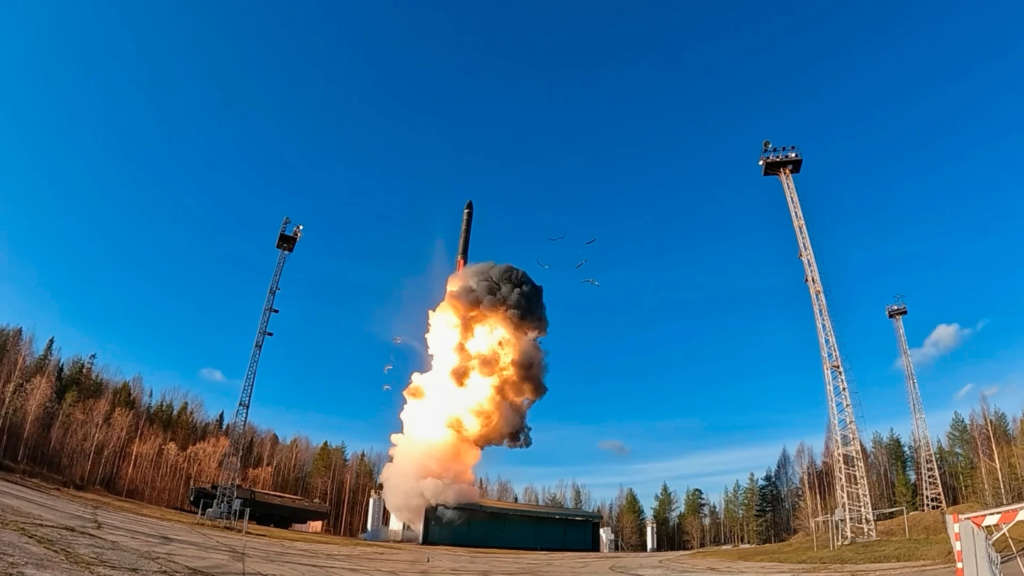
Russia’s recent nuclear exercises are just one of a series of military displays aimed at reminding the West of Moscow’s power of deterrence. Semiannual drills of this kind have been held previously, but the optics of this year’s exercise — along with tension over U.S.-Russia talks — highlight the increasing complexity of geopolitics around the world.
The Yars and Sineva missiles, which can carry more than one nuclear warhead, form the core of Russia’s strategic nuclear arsenal. Military analysts observe that the testing is a combination of a technical checkup and a symbolic action to signal that Russia’s nuclear forces remain up-to-date and ready.
As negotiations stall and interhemispheric suspicion grows, Putin’s message was not subtle: Russia’s military power is immovable — and its determination to negotiate for peace will shift from a position of strength.


